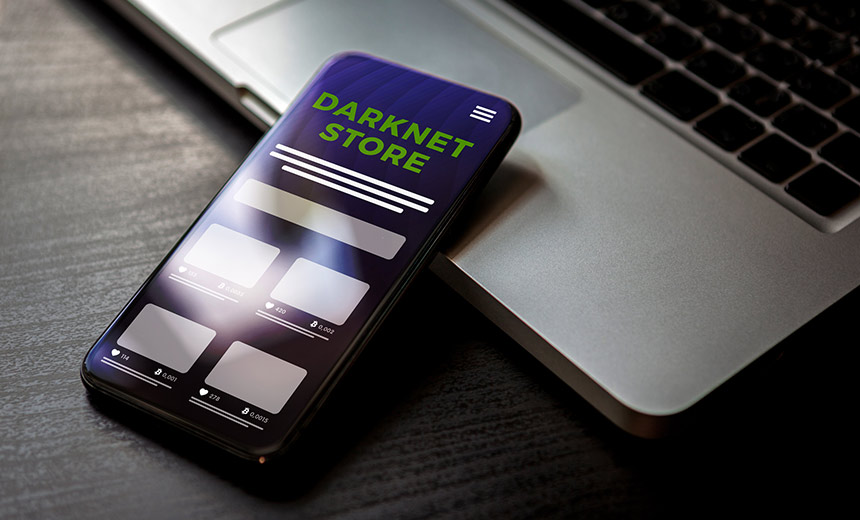Most industries continue to run almost two or more months behind in patching software vulnerabilities, endpoints remain vulnerable to threats, and most enterprise PCs must be replaced to support AI-based technologies, according to a new report.
A new info-stealing malware linked to Redline poses as a game cheat called ‘Cheat Lab,’ promising downloaders a free copy if they convince their friends to install it too.
The guidance offers a wide range of best practices, including that organizations adopt a zero trust mindset, actively monitor the AI model’s behavior, and require the primary developer of the AI system to provide a threat model for their system.
A rise in infostealer malware attacks over the past three years has enabled cybercriminal groups to turn credential stealing into a major money-making business, paving the way for new entrants in the field and sophisticated hacking techniques.
The guidance document details the latest tactics employed in foreign malign influence operations to shape U.S. policies, decisions, and discourse and could be used to target America’s election infrastructure.
Trust in cybersecurity tools has become one of the biggest challenges facing critical national infrastructure (CNI) providers as sophisticated nation-state attacks proliferate, according to a new report from Bridewell.
According to a joint advisory from the FBI, CISA, Europol’s EC3, and the Netherlands’ NCSC-NL, the Akira ransomware operation has breached the networks of over 250 organizations and raked in roughly $42 million in ransom payments.
Could a hacker seize control of America’s dams, unleashing floods and chaos across vulnerable communities? Cybersecurity analysts and leading lawmakers warn it’s possible.
A legitimate-looking Google Search advertisement for the crypto trading platform ‘Whales Market’ redirects visitors to a wallet-draining phishing site that steals all of your assets.
The figures come from the latest Egress report, which also suggests a notable decrease in attachment-based payloads, which halved from 72.7% to 35.7% over the same period.







